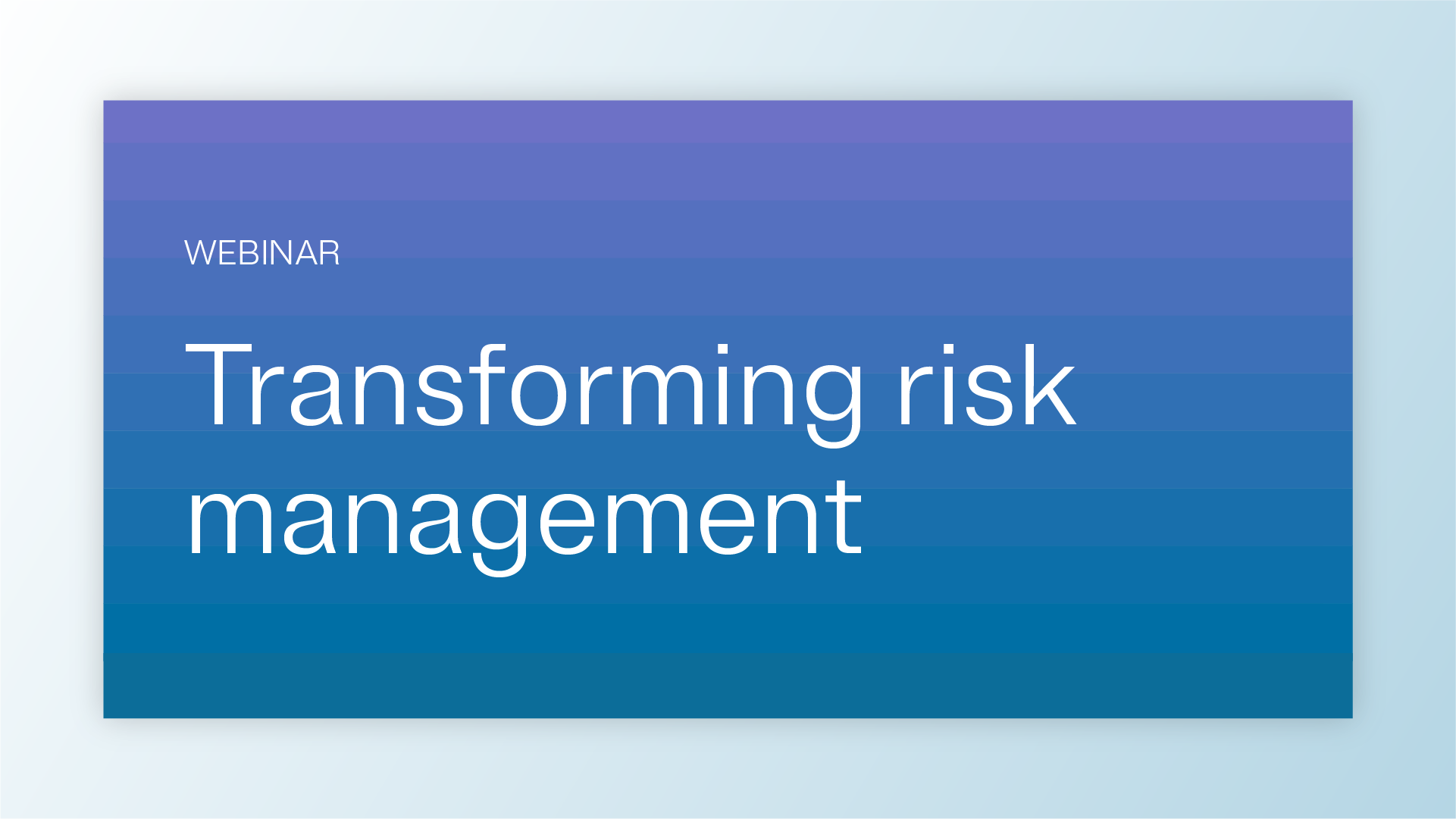Tech risk management
Tech risk management is the process of identifying, assessing, and mitigating risks associated with an organization’s technology infrastructure, systems, and digital operations to ensure security, compliance, and resilience.
What is tech risk management?
Tech risk management involves evaluating technology-related threats—such as system outages, cybersecurity incidents, or third-party failures—can impact business continuity and compliance.
It combines elements of governance, risk, and compliance (GRC), digital operational resilience, and information security to safeguard data and critical systems.
Organizations use tech risk management frameworks to identify vulnerabilities, implement controls, and monitor ongoing risks across IT, cloud, and emerging technologies.
Why tech risk management matters
As digital transformation accelerates, technology risks have become central to operational and regulatory challenges. Managing these risks helps protect sensitive data, prevent downtime, and ensure regulatory compliance.
Tech risk management aligns business and IT priorities by embedding risk awareness into decision-making processes and technology lifecycles.
It also supports compliance with frameworks such as the Digital Operational Resilience Act (DORA), General Data Protection Regulation (GDPR), and ISO/IEC 27001.
How tech risk management is used in practice
- Assessing risks associated with IT infrastructure, applications, and cloud services
- Implementing cybersecurity controls and continuous monitoring
- Integrating risk metrics into IT governance and performance dashboards
- Conducting third-party and vendor risk assessments to manage external dependencies
- Aligning technology risks with business impact assessments and resilience planning
- Supporting audits and regulatory reviews with documented risk evidence
Related laws & standards
- Digital Operational Resilience Act (DORA)
- General Data Protection Regulation (GDPR)
- NIST Cybersecurity Framework
- ISO/IEC 27001 (Information Security Management)
- Basel Committee Principles for Operational Resilience
How OneTrust helps with tech risk management
OneTrust helps organizations manage technology risk through automated assessments, continuous monitoring, and integrated reporting across IT systems and vendors. The platform supports regulatory alignment, resilience planning, and data protection across complex digital environments.
Explore Solutions →
FAQs about tech risk management
Tech risk management focuses on identifying and mitigating technology-related risks, while IT governance defines the structure and decision-making processes to manage IT resources effectively.
Tech risk management is typically led by IT, security, and risk teams in collaboration with compliance and executive leadership. Many organizations also align this function under a Chief Information Security Officer (CISO) or Chief Risk Officer (CRO).
Tech risk management ensures organizations can meet DORA’s operational resilience requirements by documenting risk assessments, monitoring critical systems, and preparing for technology disruptions.




